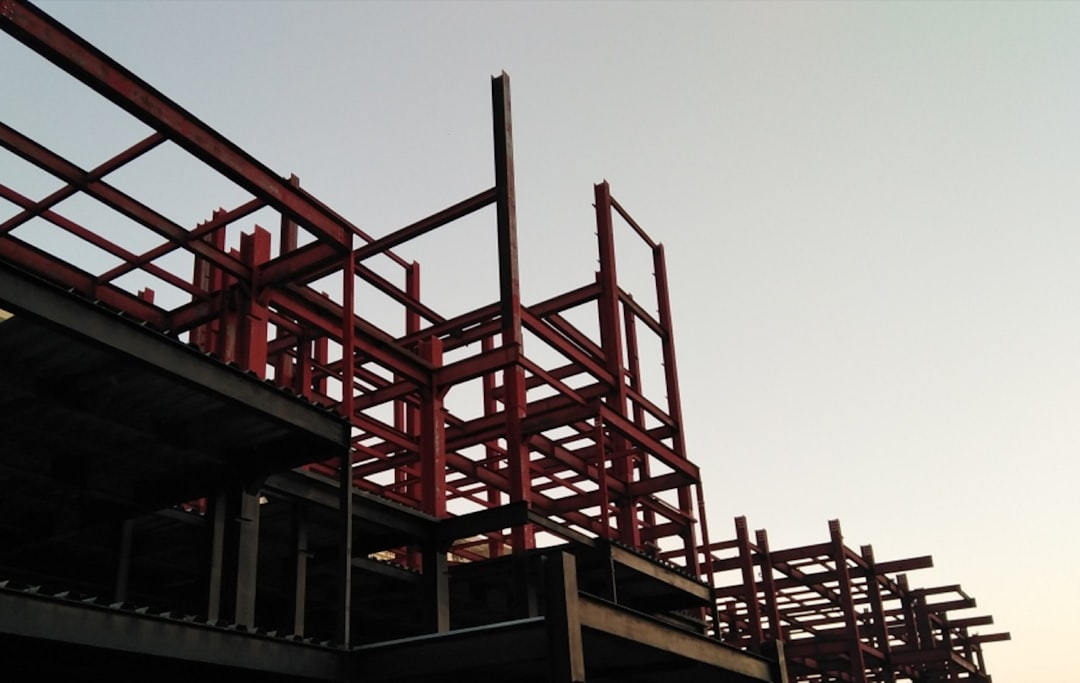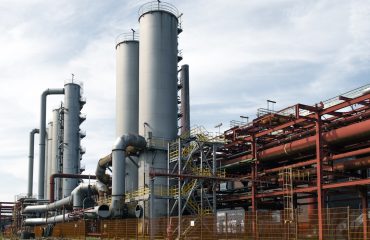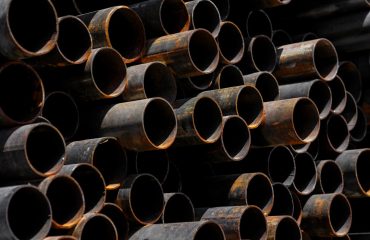Understanding steel sections is crucial for structural engineers. Among the various profiles available, Universal Parallel Flange (UPN) sections, also known as parallel flange channels, play a significant role in diverse structural applications. This comprehensive guide delves into the intricacies of UPN profiles, providing valuable insights for both seasoned professionals and aspiring engineers.
Understanding UPN Profile Geometry and Properties
UPN profiles are characterized by their parallel flanges and a single web. Unlike I-beams or H-beams, which have two flanges, UPN sections offer a distinct shape suitable for specific structural needs. Their geometry significantly impacts their load-bearing capacity and bending resistance. Key geometrical properties include:
- Flange width (b): The width of the parallel flanges.
- Web depth (h): The overall depth of the section.
- Web thickness (tw): The thickness of the web.
- Flange thickness (tf): The thickness of the flange.
- Section modulus (Z): A crucial property indicating the resistance to bending. A higher section modulus means greater bending strength.
- Area moment of inertia (I): Describes the section’s resistance to bending about its neutral axis.
These properties are readily available in steel section tables and online databases, usually specified according to relevant standards like EN 1027-1 (European Standard) or ASTM standards (American Society for Testing and Materials). Understanding these properties is paramount for accurate structural calculations.
Applications of UPN Profiles in Structural Design
UPN profiles find widespread application in various structural elements, owing to their unique geometry and cost-effectiveness. Common applications include:
- Beams in lightweight structures: Their parallel flanges provide stability, making them suitable for supporting relatively lighter loads in applications like roofing systems, shelving, and light-duty frameworks.
- Columns in low-rise buildings: While not as efficient as I-sections for columns under high compressive loads, UPN sections can be used in low-rise constructions where axial loads are relatively low.
- Bracing members: Their shape is advantageous in bracing systems, providing lateral stability to main structural members.
- Support structures for machinery: UPN sections can form part of support frames for industrial machinery, providing stability and rigidity.
- Reinforcement in composite structures: They can be embedded in concrete to enhance the strength and stiffness of the composite element.
The choice of UPN profile for a specific application depends on factors such as the anticipated loads, span length, and required safety factors.
Design Considerations and Load Calculations for UPN Profiles
Designing with UPN profiles involves careful consideration of several factors. Accurate load calculations are crucial to ensure the structural integrity and safety of the design. This involves:
- Determining the loads: Identifying all acting loads, including dead loads (self-weight of the structure), live loads (occupancy loads, snow loads, wind loads), and any other relevant loads.
- Stress analysis: Calculating the stresses induced in the UPN section due to the applied loads. This typically involves bending moment calculations, shear stress calculations, and deflection calculations.
- Material properties: Using the appropriate yield strength and modulus of elasticity for the steel grade specified in the design.
- Safety factors: Applying appropriate safety factors to account for uncertainties in load estimations and material properties.
- Checking for deflection limits: Ensuring that the deflection under load remains within acceptable limits to prevent serviceability issues.
- Connection design: Designing appropriate connections to ensure that the UPN profiles are adequately connected to other structural members.
Software tools and structural analysis methods are commonly used to perform these calculations efficiently and accurately.
Comparing UPN Profiles with Other Steel Sections
UPN profiles offer unique advantages and disadvantages when compared to other steel sections. Understanding these comparisons is vital for making informed design decisions:
| Feature | UPN Profile | I-Beam (IPE) | H-Beam (HE) |
|---|---|---|---|
| Cost | Generally lower | Moderate | Higher |
| Bending Strength | Moderate | High | Very High |
| Shear Strength | Moderate | High | Very High |
| Stiffness | Moderate | High | Very High |
| Applications | Lightweight structures, bracing | Beams, columns, girders | Major structural elements |
The table above provides a general comparison. The optimal choice depends on the specific project requirements.
Selecting the Right UPN Profile for Your Project
Choosing the appropriate UPN profile requires a systematic approach. The process generally involves:
- Defining the design requirements: Clearly specifying the loads, spans, and other relevant design criteria.
- Consulting steel section tables: Using tables or online resources to identify suitable UPN sections that meet the design requirements.
- Performing structural analysis: Verifying the selected section’s adequacy through detailed structural analysis.
- Considering fabrication and construction aspects: Ensuring that the chosen profile is readily available and suitable for the chosen construction methods.
- Checking for compliance with relevant codes and standards: Ensuring the design adheres to all applicable building codes and safety regulations.
Careful selection is critical for ensuring a safe and economical design.
In conclusion, UPN profiles are versatile steel sections with specific applications in structural engineering. Understanding their geometry, properties, and design considerations is crucial for engineers to make informed decisions and create safe and efficient structures.
Tags: UPN profiles, structural steel, steel sections, parallel flange channel, structural engineering design




